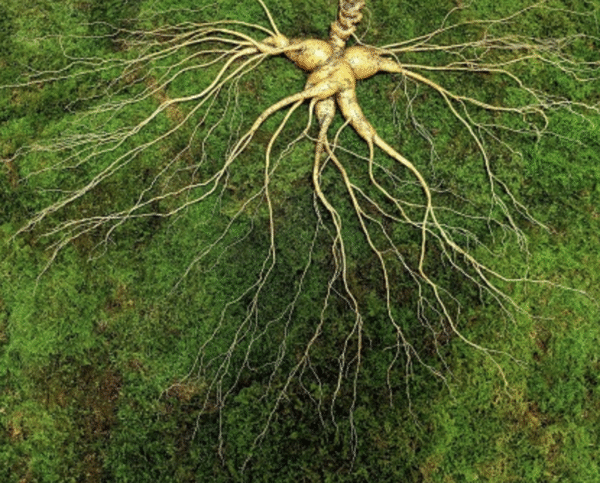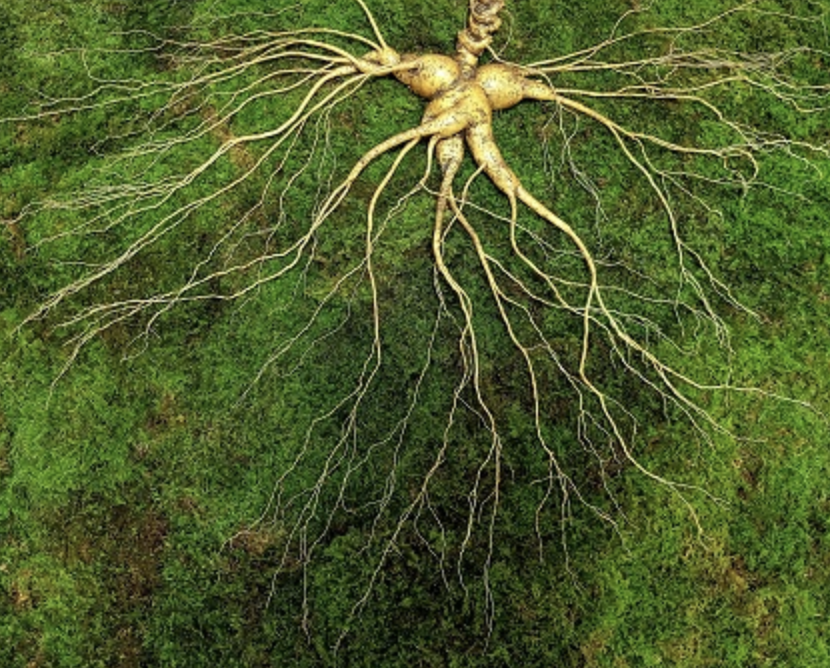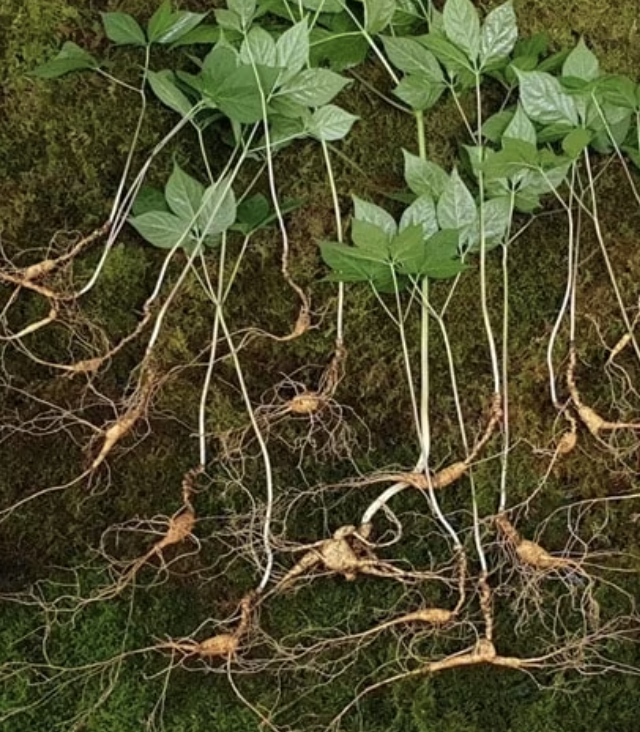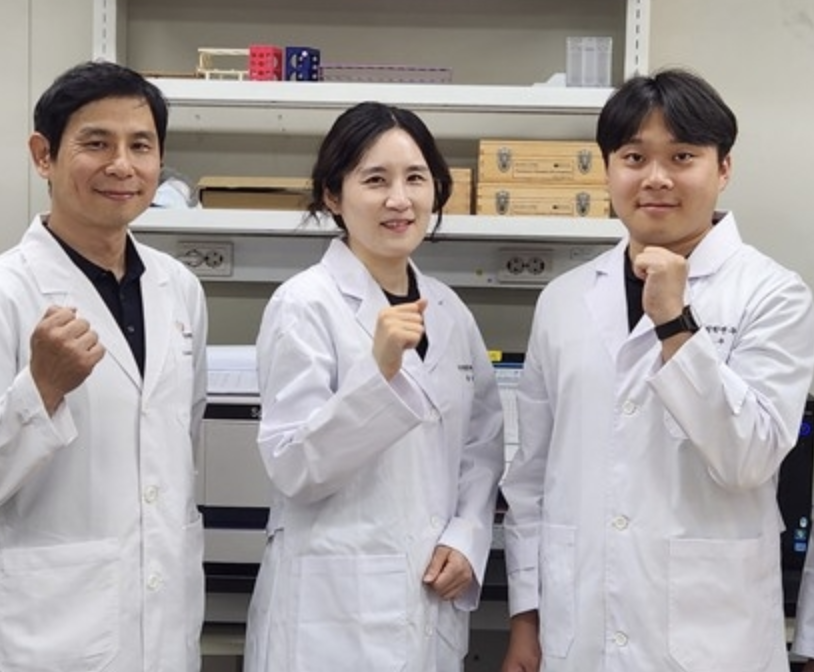
A rare Taein-shaped 415g wild ginseng root valued at $680,000, reburied for conservation
In a remarkable discovery in South Korea’s Jeollanam-do province, a massive 415-gram wild ginseng (Sansam) specimen—believed to be the largest ever found—was unearthed by a seasoned herbalist. Estimated at ₩680 million KRW (approx. $680,000 USD), the wild root was not sold, but rather reburied to preserve its genetic integrity for future study and propagation. This decision reflects growing scientific and ecological efforts to protect rare plant genetics and enhance medicinal research.
👉 Buy Premium Wild Ginseng Root Online
According to the Korea Traditional Simmani Association, the ginseng was classified as a “Taein (太人) shape,” meaning its structure resembled the Chinese character for “great” and a human form—a morphology highly prized in Eastern herbal tradition. Upon discovery, researchers from Chungbuk National University and the Advanced Horticultural Center conducted an in-depth analysis of the root’s age, structure, taste, aroma, and, most importantly, its ginsenoside profile.
Notably, the ginseng exhibited high concentrations of Rg3, a rare ginsenoside known for strong anticancer properties. Ginsenoside Rg3, a member of the saponin family, has been widely studied for its role in inhibiting tumor growth, suppressing metastasis, and modulating immune responses. The elevated Rg3 content, along with the plant’s exceptional weight, shape, and age, confirmed its medicinal significance and rarity.
Wild ginseng’s unique potency stems from its exposure to environmental stressors such as drought, temperature fluctuations, and poor soil conditions, which stimulate the production of phytochemicals. These stress-induced compounds are believed to enhance the plant’s pharmacological effects, distinguishing wild ginseng from its cultivated counterparts, which grow in more controlled environments with less phytochemical diversity.
While its market value is staggering—comparable to a 2009 Chinese wild ginseng specimen auctioned for ₩600 million—the herbalist, along with the association, chose preservation over profit. The ginseng was replanted in an undisclosed mountain location, and future plans include genetic analysis to identify the hereditary traits responsible for its extraordinary size and composition.
This act underscores a broader commitment to sustainable traditional medicine. By preserving this specimen and harvesting its seeds, researchers and herbalists hope to ensure the longevity of Korean wild ginseng’s superior medicinal genetics, contributing to both conservation and scientific advancement.
In an age of increasing demand for natural therapeutics, the responsible stewardship of such rare plants not only protects biodiversity but also enriches the scientific community’s ability to understand and leverage traditional herbal medicine for modern health applications.







